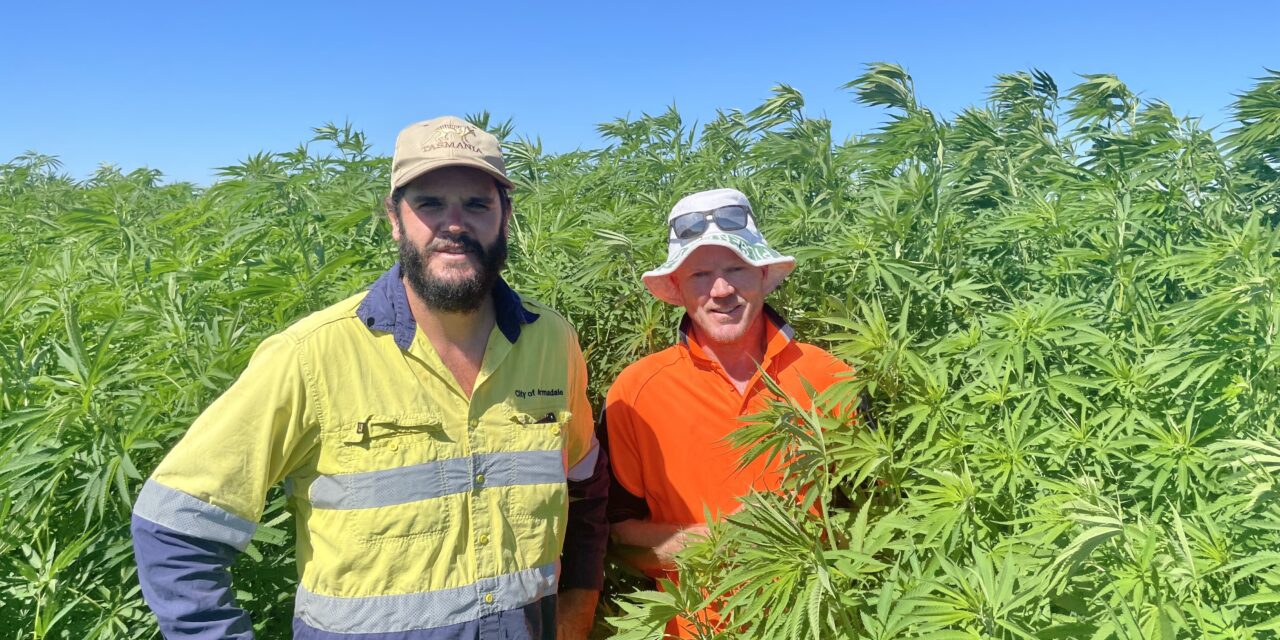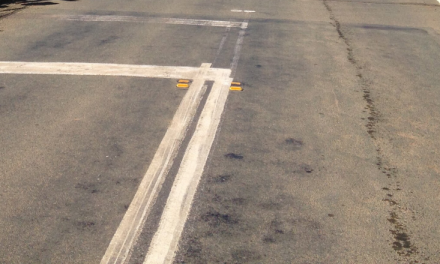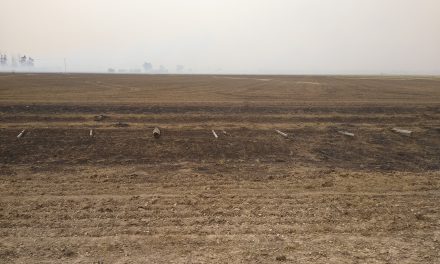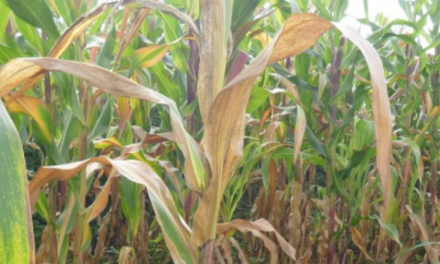David Brian runs Southern Hemp, which specialises in building hempcrete from water, lime and hemp fibres for housing construction.
He was recently a guest speaker at a Regenerative Hemp Victoria field day, which was held to explain the licensing, growing and processing of hemp in Victoria.
David will also present his field day talk at the Seymour Alternative Farming Expo at noon on Friday, April 12.
He is a regular at the expo, and will demonstrate hempcrete construction throughout the three-day event.
David said four popular myths about growing hemp needed addressing, the key one being that hemp can turn into a local weed and take over farms.
“That’s just a bit of a hippy hangover thing, a bit of a play on the word ‘weed’, I think,” he said.
“That’s a little bit of where it came from.”
David said that one risk taken by growers whose crop THC levels rose above one per cent was ‘negligible’.
Waterlogging and water stressing can cause hemp’s THC levels to rise and all crops are tested by Agriculture Victoria two weeks before harvest. Crops with excessive THC are destroyed.
David said the government raising the THC maximum to one per cent meant this was no longer a concern.
“There’s no issue with the new rules — no issues at all.”
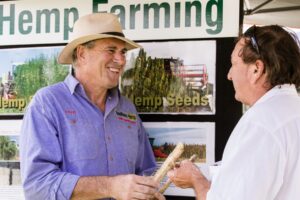
David Brian from Southern Hemp.
Regenerative Hemp Victoria has highlighted the relaxing of regulations under the crop’s licensing laws in Victoria to allow farmers to trial their first crop.
Industrial hemp (Cannabis sativa) is a cultivar of the same species of recreational cannabis and has been bred for very low levels of the psychoactive chemical tetrahydrocannabinol.
Industrial hemp is grown for fibre, construction and grain used as a food source which is rich in omega oils.
A resurging interest in industrial hemp has resulted from the recent changes to state legislation.
In 2022 the Victorian Government amended legislation to raise the maximum level of THC in a crop from 0.35 per cent to one per cent to align with all other states.
“The main thing that has occurred in the last couple of years is a procedural change in the Act to allow for a less stringent limit on THC,” RHV president Lyn Stephenson said.
“We were way behind the other (states) and that was one of the impediments for Victorian production.”
A parliamentary inquiry into Victoria’s industrial hemp industry reported to the government in November, 2023 and made nine recommendations which included the streamlining of licence applications.
The inquiry also recommended repurposing existing forestry infrastructure for industrial hemp processing and for Agriculture Victoria to prioritise hemp as a growth crop and increase research into its development.
The inner core of the plant’s stem — the hurd — is high in cellulose and is used in making particle board, animal bedding, plastic production and oil spill kits.
The outer layer of the stem — the bast — is used for making paper, clothes, insulation batts, erosion matting and composite fibre.
The bast can also be processed to make synthetic graphene which is used in making batteries lighter and less prone to combustion.
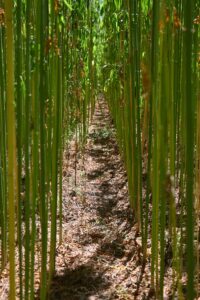
Changes in legislation to allow industrial hemp to have a THC level of one percent mean that Victoria’s hemp production can be on a par with other states.
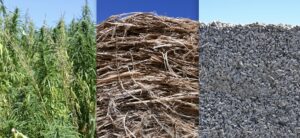
Industrial hemp is grown, harvested and bailed and then added to lime and water to make hempcrete used in constructing homes.

